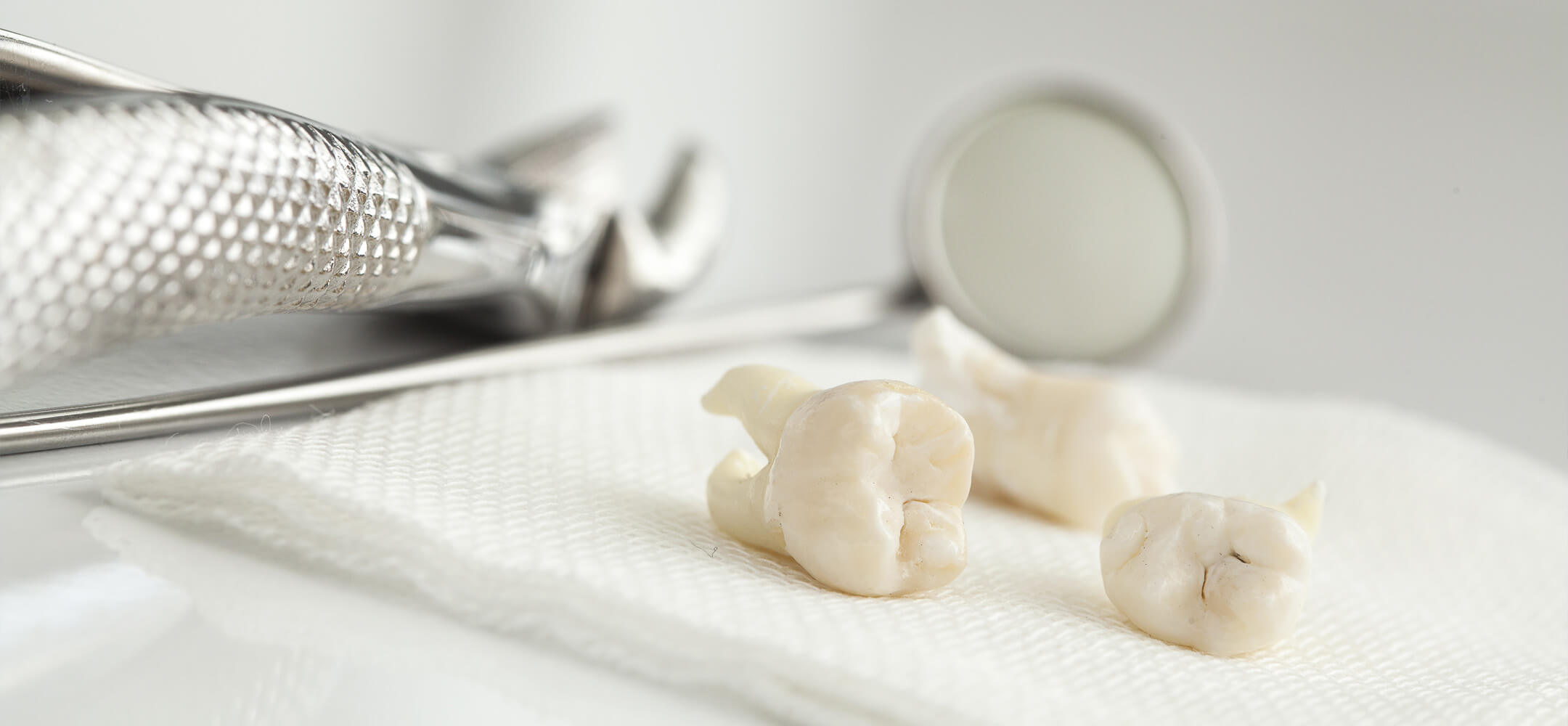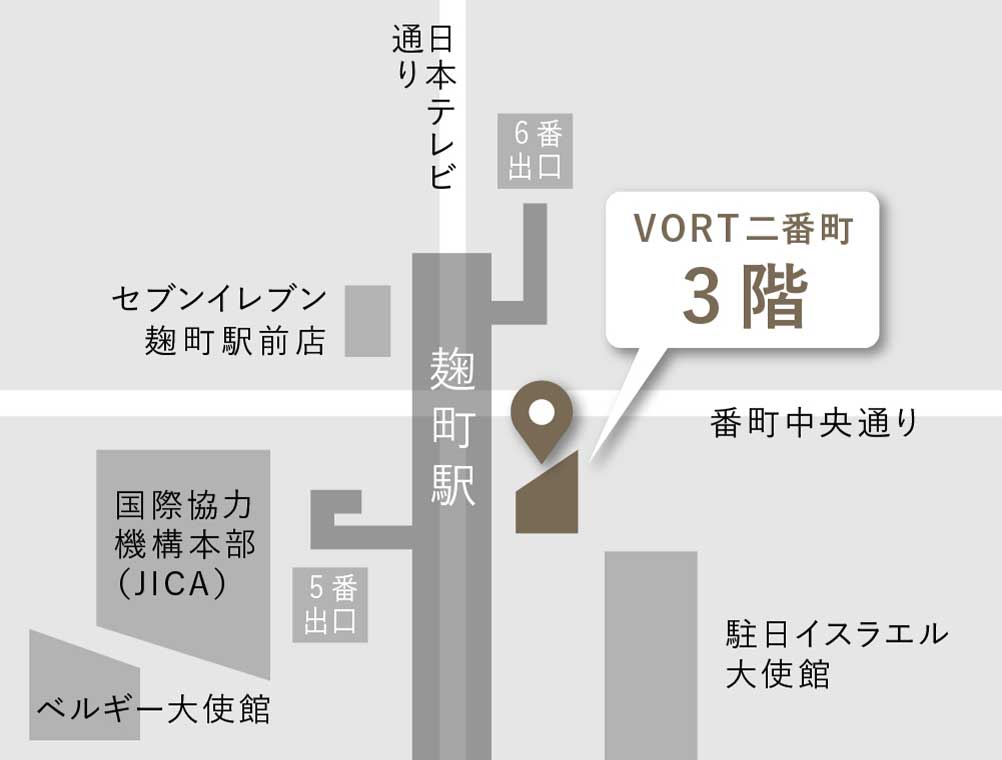Wisdom Teeth
About Wisdom Teeth

What are Wisdom Teeth?
Wisdom teeth are your third molars, which are the eighth teeth from the center of your mouth (counting any teeth that were extracted or never grew in). They're the last permanent teeth to emerge, often finding limited space, which can cause them to come in sideways, angled, or even remain fully impacted within the bone.
How Wisdom Teeth Emerge
Straight Eruption
In some cases, wisdom teeth emerge straight and align properly with your upper teeth. If you can clean them effectively, these teeth can often be kept.
Horizontally Impacted (Sideways)
If a wisdom tooth is buried sideways, it increases the risk of cavities in the neighboring tooth or inflammation and swelling due to poor cleaning access. In such instances, extraction is often recommended. If the wisdom tooth is close to a nerve, we may perform a CT scan to confirm its exact position for a safe removal.
Should Wisdom Teeth Be Removed?
Because wisdom teeth erupt in an area that's hard to reach with a toothbrush, they're often prone to bacterial growth and cavities. If a wisdom tooth is causing pressure on adjacent teeth, causing pain, or leading to hygiene issues, extraction is usually the best course of action. However, if a wisdom tooth has erupted without causing any problems, removal isn't always necessary.
Pain and Swelling After Wisdom Tooth Extraction
It's not a given that you'll experience significant swelling after wisdom tooth extraction. With an accurate diagnosis and careful planning beforehand, we can perform the extraction efficiently, minimizing trauma to surrounding tissues. This helps keep swelling and pain as minimal as possible. While discomfort levels vary for each person, any pain you experience typically improves significantly with the pain medication we provide after the procedure, so please don't worry.






